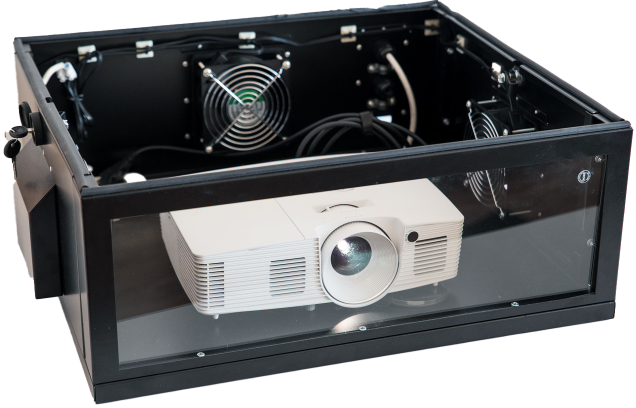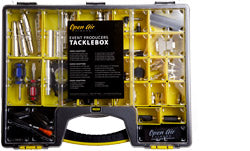Liquid Crystal on Silicon and You

Whether you're purchasing a projector for your own home entertainment system or for large-scale outdoor cinema events, you've probably been doing your research. Hopefully. Hey, whatever you're using your projector for, it's an investment. And you want to get the best quality, the best performance possible for the money you put down. That means you've read all about DLP technology. It means you've probably read about LCD screens. And it means you need to know about a lesser-known type of display - a type that uses liquid crystal on silicon, or LCoS technology.
The simplest way to introduce this technology is to say that it is a hybrid of the DLP and LCD systems. As mentioned before, we hope you've been doing some research on projector technology already. At least a little bit. But, just in case this happens to be the very first article that you stumble upon in your quest for the perfect projector, let's review the basics of DLP and LCD technologies real quick:
-
An LCD projector will transmit light through liquid crystals, one for each pixel, in a glass display; it is a transmissive technology.
-
A DLP projector, meanwhile, will use small mirrors to reflect the pixels. Each mirror moves toward or away from the screen, depending on whether or not its corresponding pixel is active at that moment. DLP is a reflective technology.
For the purposes of this article, that's all you'll need to know.
Liquid crystal on silicon technology, as stated before, is a combination of the two technologies. Instead of the light passing through liquid crystals in a glass display, the crystals are applied to a reflective mirror substrate. The liquid crystals act as sort of a gatekeeper to the mirrored surface below it. If the pixel is active, the main console will send a signal to the liquid crystal. Think of it as if the pixel tells the crystal Open sesame! The liquid crystal opens up and the light is allowed to pass through, bounce off the reflective mirror, and through three specifically-designated color chips. What ends up on the screen is sharp like an LCD display, but still has the cinematic feel that those in the know have come to expect out of DLP projectors.
But, is this an advantageous hybrid, overall? The answer is maybe , depending on your budget, ultimately. LCoS projectors are notable for their extremely high resolution - В some say the highest quality available yet. However, it is still a very new technology and so it is much more expensive than the average LCD or DLP projector. If you're not the kind of person who obsesses like Captain Ahab over the chance at slightly higher resolution, don't go for it. Often the quality difference between the higher end machine and the next best technology on the market is negligible. Additionally, LCoS projectors are bulkier than both LCD and DLP projectors. The lightest model on the market right now is about 12 pounds. The technology simply hasn't been around long enough to be nice and small and portable just yet.
Surely, it'll be only a couple of short years before the LCoS are more compatible with the here-and-there lifestyle of the on-the-go outdoor projectionist. For now, it's a great technology if you plan on projecting things in one primary location.





